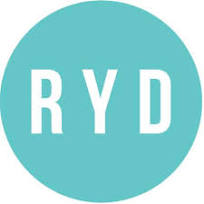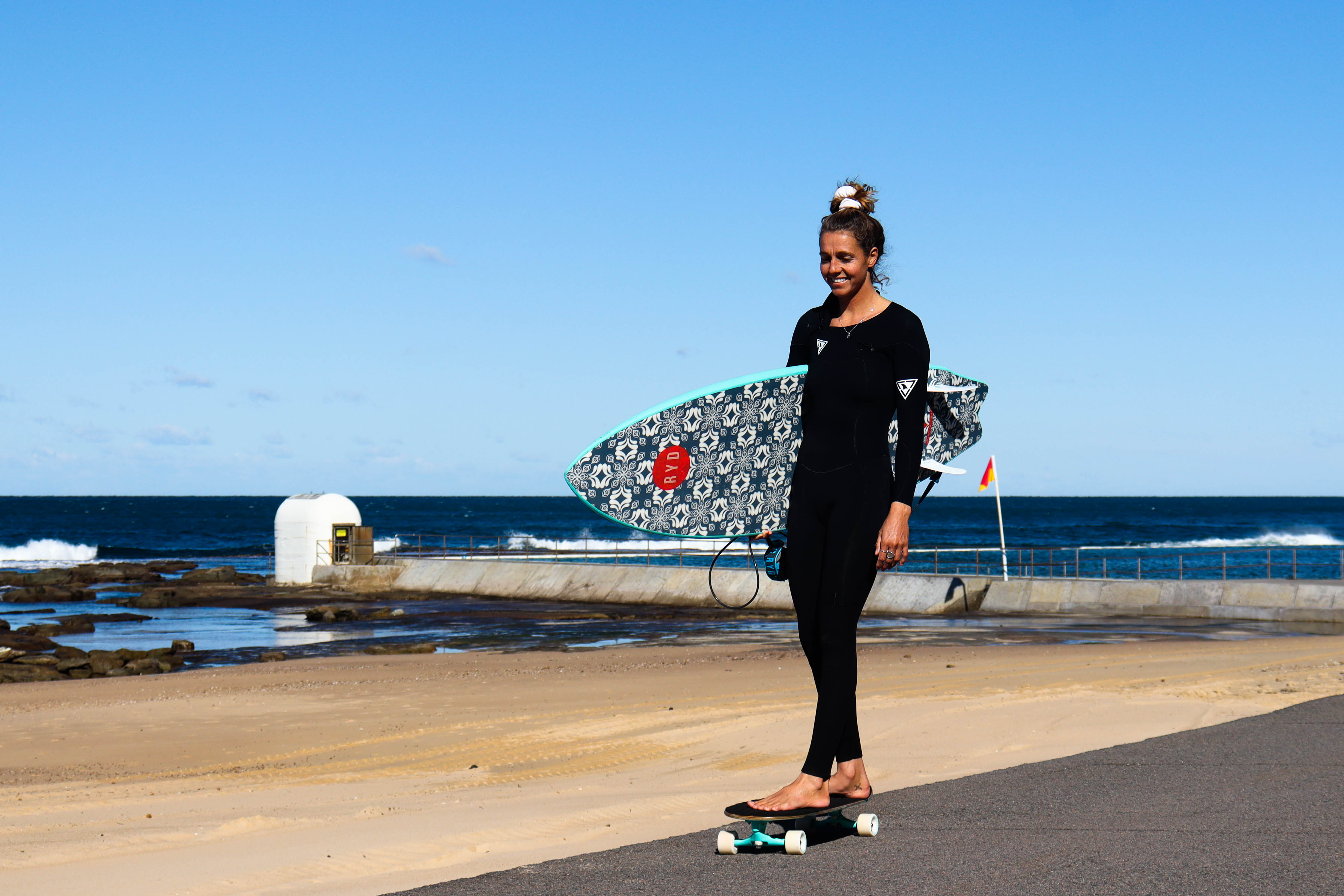Volume - How It Works

Welcome to the world of Volume!
Below you will find all the specs, dimensions and volumes of our soft board range… and a bunch of information about how volume is calculated and how to choose the right volume for you!
4’10 x 22 “x 2.5” - 30 Liters
5’6 x 21” x 2.5” - 36 Liters
5’10 x 22” x 2.5” - 38 Liters
6’0 x 20.5” x 3” - 42 Liters
6’6 x 20.5” x 3” - 47 Liters
7’0 x 21" x 2.5” - 49 Liters
8’0 x 21 x 2.75” - 64 Liters
9’0 x 23.5” x 3” - 87 Liters
5'2 x 20 1/2" x 2 1/2" - 26.3 Liters
5'7 x 20 1/2" x 2 1/2" - 31.8 Liters
5'9 x 20 5/8" x 2 5/8" - 33.8 Liters
5'2 x 21" x 2 1/2" - 31.6 Liters
5'6 x 22" x 2 1/2" - 35.3 Liters
6'0 x 22 1/2" x 3" - 40.7 Liters
6,10 x 20 3/4" 2 5/8" - 40.9 Liters
7'2 x 20 3/4" 2 5/8" - 43.2 Liters
7'4 x 20 3/4" x 2 5/8" - 44.6 Liters
9'2 x 23" x 3" - 74.3 Liters
6'0 x 21" x 2.5" - 44L
6'6 x 22.5" x 2 3/4" - 52L
7'0 x 22.5" x 2 5/8" - 60L
7'6 x 22.5" x 2 3/4" - 68L
8'0 x 22.5" x 2 3/4" - 74L
9'0 x 23" x 3" - 84L
Keen to learn more? Read on! (It's a long read, but its a complicated subject ;-)
Volume, literage, buoyancy…. Ah yes, this can be a tricky one to understand and navigate, so we’ve pulled together some information (from various sources*) for you to help you make an informed decision.
Much like working out the volume of a box, the volume of a surfboard depends on 3 key elements: Length, Width & Thickness. But because surfboards are not shaped like boxes – thank goodness – calculating the volume of each board gets a little more complicated. Because a surfboards dimensions differ so much from nose to tail and because the bottom has curve and concave, you can’t use a traditional volume calculation of multiplying all the applicable dimensions
Surfboard volumes are measured in cubic litres and usually displayed on the bottom deck of the board along with the usual dimensions of length, width and thickness.
Surfboard litres by surfboard type varies a lot, but as a general rule of thumb, you can use the following guidelines:
Shortboards: 22L – 35L
Fishes: 25L – 45L
Funboards: 40-60L
Longboards: 60L – 100L

In many examples, two surfboards have the same length, the same width and the same thickness, but have very different volumes. The reason for this is that the board’s width and thickness are only measured at the widest and thickest point of the surfboards. As you look towards the nose and the tail, surfboards have different widths and thicknesses.
Volume = Floatation
Why is your surfboard’s volume so important? Because it determines how buoyant the board is. How much you float on your surfboard changes everything: how fast you paddle, how the board turns, how many waves you catch, how the board keeps its speed in weaker waves, etc.
Add volume = You float more
Floating more means you will paddle faster, catch waves faster with less effort, and surf faster down the line.
Too much Volume = You float too much
Once you have enough experience to start doing turns and manoeuvres, you realize that bigger boards are harder to move around. Advanced surfers will find it harder to go from edge to edge on a board that floats too much for their skill level. It makes it difficult to dig a rail in the water when carving.
Not enough volume = Don’t float enough
Less foam means slower paddling and surfing. This makes it harder to catch waves. To ride small surfboards, you need the experience to catch waves later, at a steeper stage. Less experienced surfers will lose speed as soon as they surf outside the “sweet spot” (steep area on the waves face that provides more power). Riding a board that doesn’t have enough volume for your weight and skill level will hold back your surfing and will more likely end up in frustration.
Surfboard Volume according to your Weight.
The most common thought around volume is matching it to your weight. And there is some merit in this because volume directly affects your floatation, you need the right volume to provide a proper buoyancy in the water.
As a general rule of thumb, you could look it at like this:
Heavier Surfer = More Volume and lighter Surfer = Less Volume
However, we can’t only focus on the surfer’s weight when looking for the correct volume. Factors like skill level and typical conditions surfed in need to be considered. When considering surfboard volume according to your surfing level, extra volume almost never hurts beginner & intermediate surfers
For the first few years of your surfing progression, extra volume practically only has benefits: you catch more waves, paddle faster, surf faster, enjoy more stability and make it through sections to surf waves for longer amounts of time.
Learning on a bigger board forces you to have proper technique when you want to turn your surfboard. Because it is bigger, you really need to think about how you use your upper body and how you transfer your weight around. These are basics that will be useful for the rest of your surfing progression, even when you start riding shortboards.

Back to those conditions. Small and weak waves = More Volume
Generally, you want to ride surfboards with more volume when the waves are small and weak. The extra foam will give you more speed, compensating for the lack of power and speed generating potential of the waves.
Good, powerful and steep waves: Less Volume
When the surfing conditions are good and clean with decent size, experienced surfers often surf smaller surfboards. Less volume translates into tight turns, increased manoeuvrability and it helps to perform advanced tricks like vertical snaps, airs, etc.
Very big waves: More Volume
When waves get big, experienced surfers often use a step-up board or a gun. These boards usually have more volume and length than their typical shortboard. The extra volume will help them paddle into bigger waves.
So, how do you choose the volume you need?
In summary, just take a look at those 3 key factors we discussed above, pick your mark and have a go! And just in case you’ve already forgotten – use these 3 factors (coupled with the information above) to make your volume decision: your surfing level, your weight and the typical conditions you’ll be surfing in.
And if you’re struggling to get a realistic idea of your surfing skills (It’s often hard for beginners and intermediates) It’s a good idea to take the advice of a surf school coach a surf shop employee or someone who has been around the sport for some time.
OK, I’m ready to go shop for a softie!
Check out https://barefootsurftravel.com/livemore-magazine for more useful tips!

